By Michael E. Haskew
The image of Red Army soldiers hoisting their hammer and sickle emblazoned banner atop the Reichstag, the seat of the German parliament, is a classic photo of World War II, an image that told the world Nazi Germany was at last finished. Since that photograph has long symbolized the end of the greatest armed conflict ever known, it quite logically has been assumed by many that it captured the very triumphant moment; however, the Associated Press recently reported that the photograph was staged and later versions were enhanced with background smoke, a tank cut from another photo, and even a flight of combat aircraft which were painted into the scene.
Taken on May 2, 1945, by Red Army photographer Yevgeni Khaldei, the image was prominent among a collection of his work that debuted at the Gropius-Bau Museum in Berlin last May in an exhibition titled “Yevgeni Khaldei—The Decisive Moment.” Although the Soviets had actually captured the Reichstag three days earlier and the photo was obviously fodder for the Soviet propaganda machine, it nevertheless does survive as a symbol. Behind the image itself is the remarkable career of a photographer.
Relatively unknown in the West, Khaldei was said to have received a commission in the Red Army immediately following the Nazi invasion of his country on June 22, 1941. For nearly 1,500 days he was active in the field, documenting events as they unfolded. Born the son of Russian Jews in 1917, he gained an interest in photography while working in a steel factory. He fashioned his own primitive box camera using a lens from the eyeglasses of his grandmother who had recently passed away.
As a teenager, Khaldei worked as a photojournalist for the Soviet News Agency, Tass, and his work was regularly seen in Pravda, the Communist Party newspaper. Venturing far and wide, he recorded photos of death and destruction on the Eastern Front, from Sevastopol to Murmansk and eventually all the way to Berlin. During the final days of the war, Khaldei photographed the Soviet offensive against the Japanese in Manchuria and the Allied leaders during the contentious negotiations at the Potsdam Conference. He also photographed the Nuremberg Trials and later remembered an encounter with Luftwaffe chief Hermann Göring.
“When we received orders to leave Nuremberg, I asked an American colleague to photograph me with Göring,” Khaldei said. “Göring remembered that, because of me, he had been hit with a club, and hence he always turned his head aside when I came into the courtroom. When he noticed I wanted to get a picture with him, he put down his hand in front of his face.”
Khaldei’s Jewish heritage also impacted his career. In 1949, his position with Tass was eliminated. Ten years later, he found work with Pravda, remaining there until 1970 when he was again dismissed because he was Jewish. He continued to work privately during his remaining years and lived modestly in Moscow until his death in 1997.
Among Khaldei’s other photos in Berlin were those of the raising of the Red banner at Tempelhof Airport and on the Brandenberg Gate. With the Red Army on the outskirts of the Nazi capital, he was said to have realized that no Soviet flags were available for his use. So, he hurried back to Moscow. When he could find nothing suitable, he persuaded a merchant to part with several large, red tablecloths. A stop at his uncle’s tailor shop resulted in a sizable flag that was ideal for his purposes.
Perhaps the recent publicity and revelation about his historic photos will cast additional light on the life and times of Yevgeni Khaldei. While his most memorable image may have been staged, a body of work which worthy of note remains.
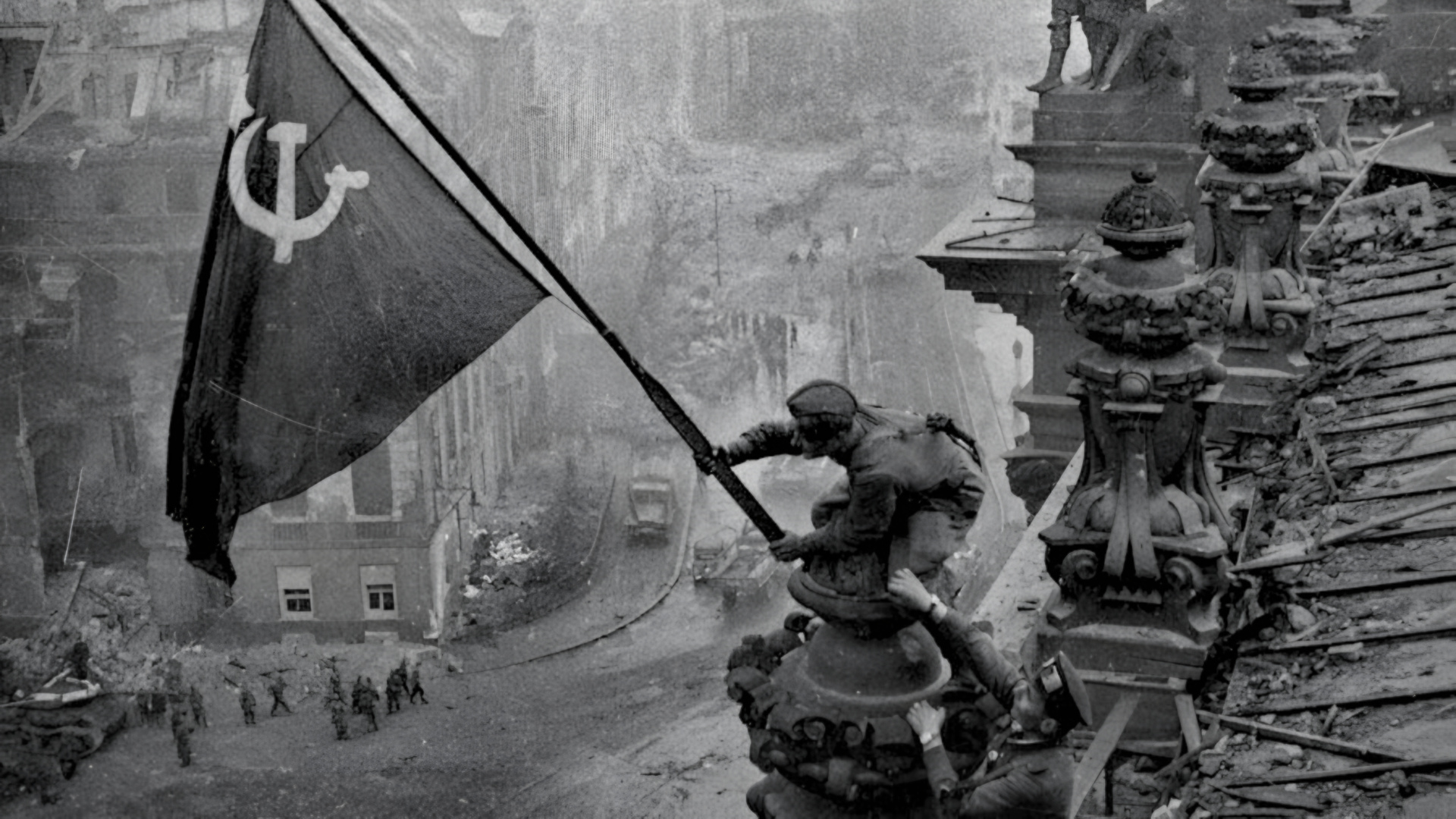
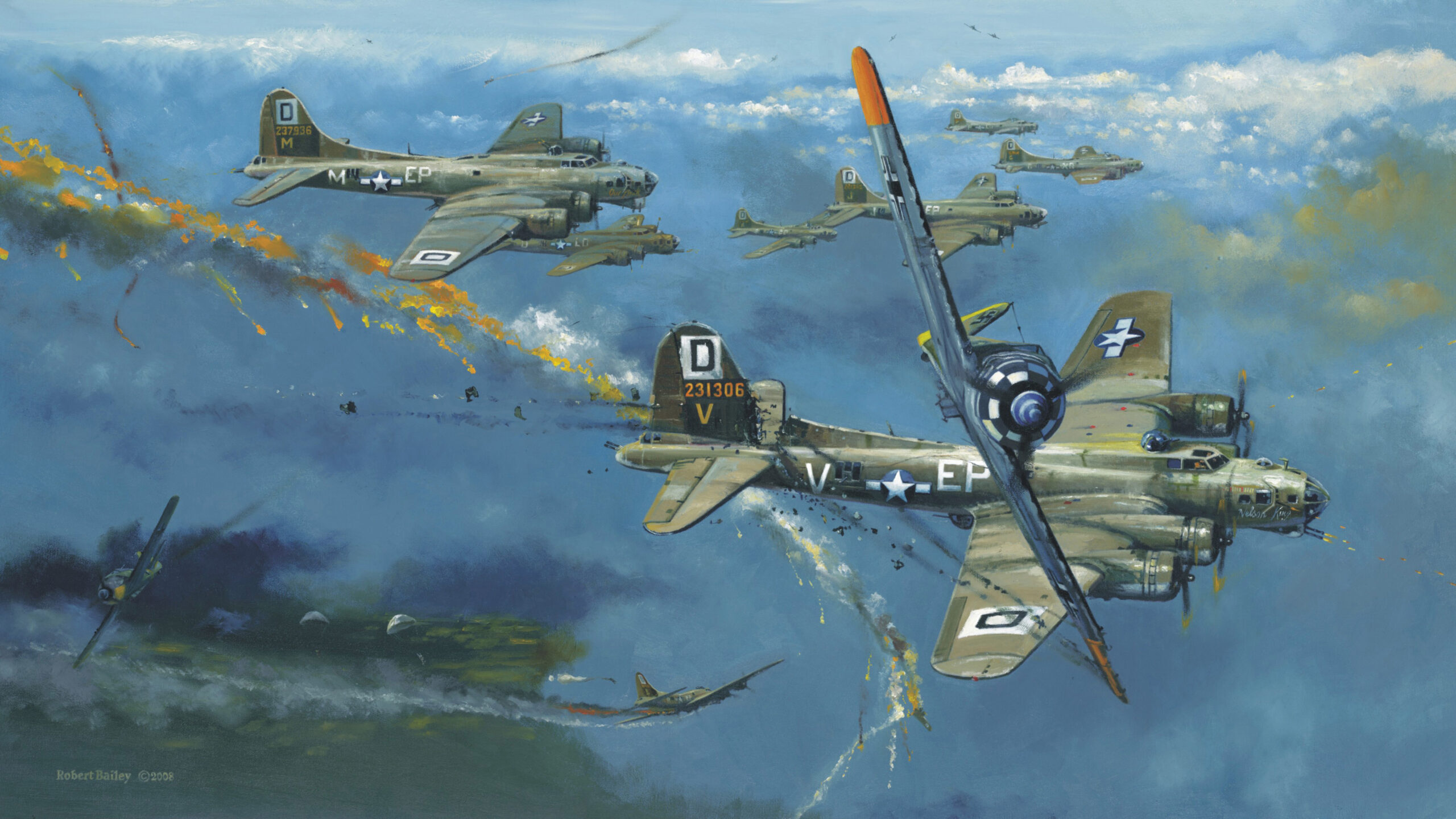
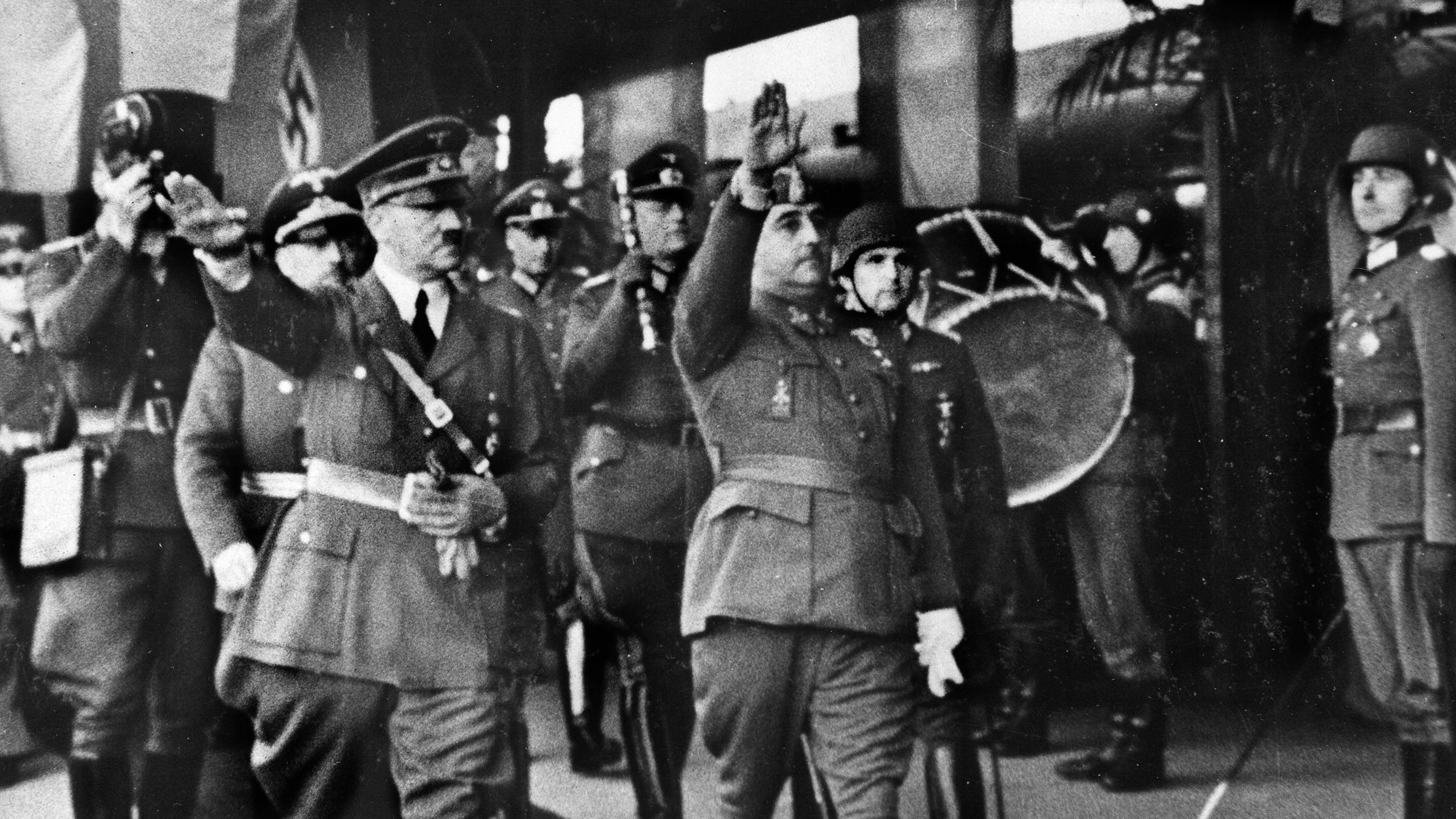
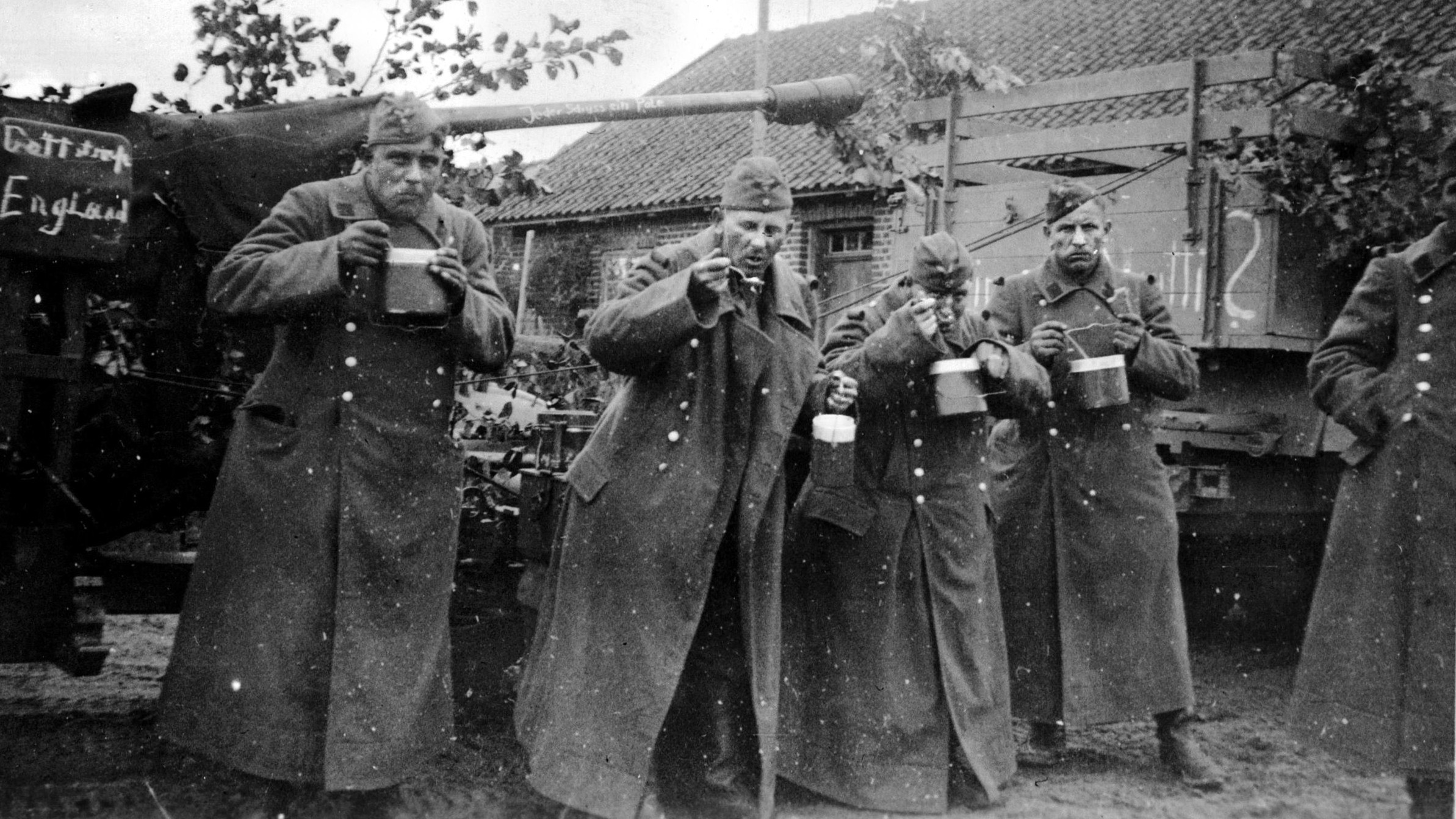
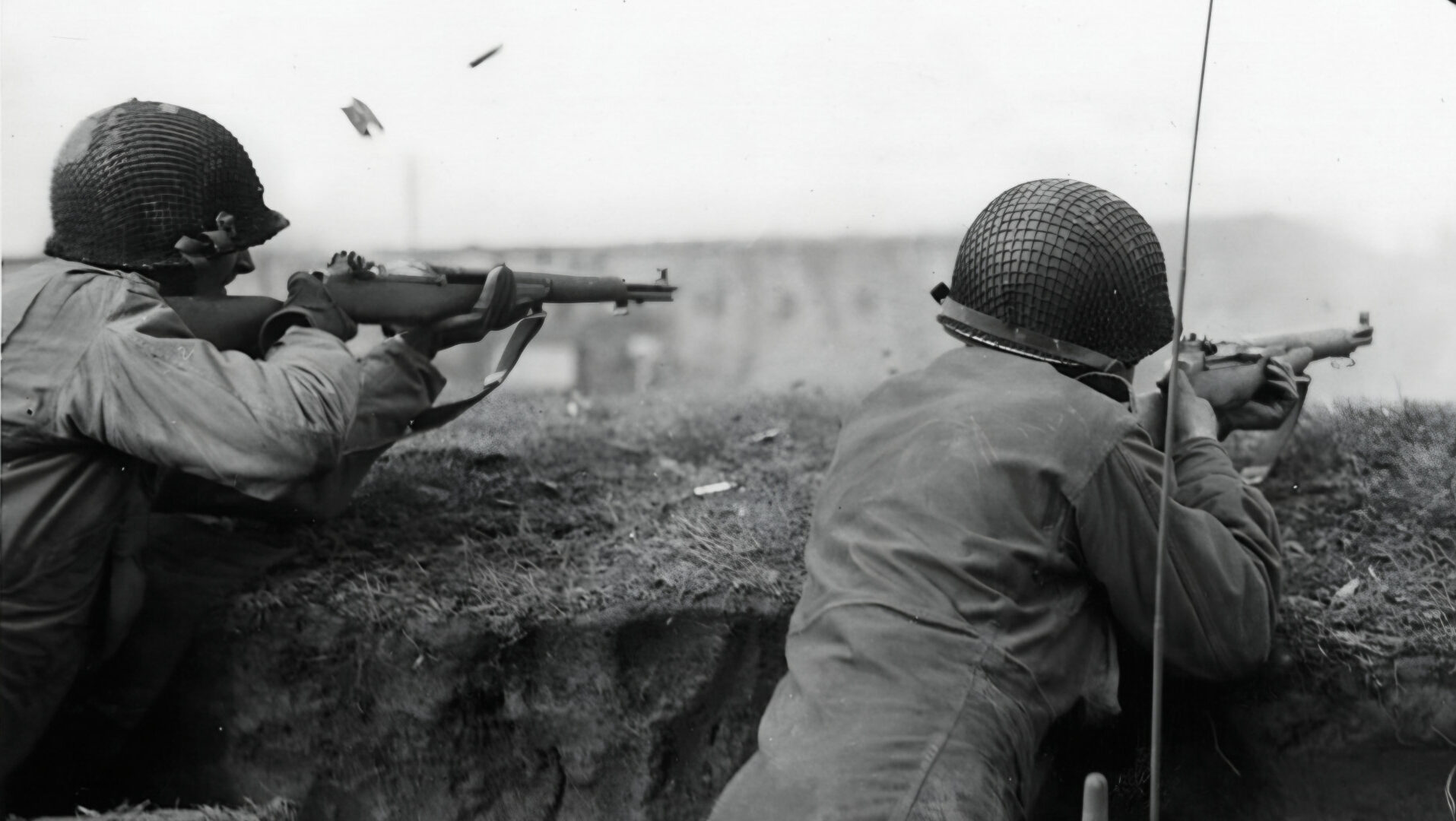
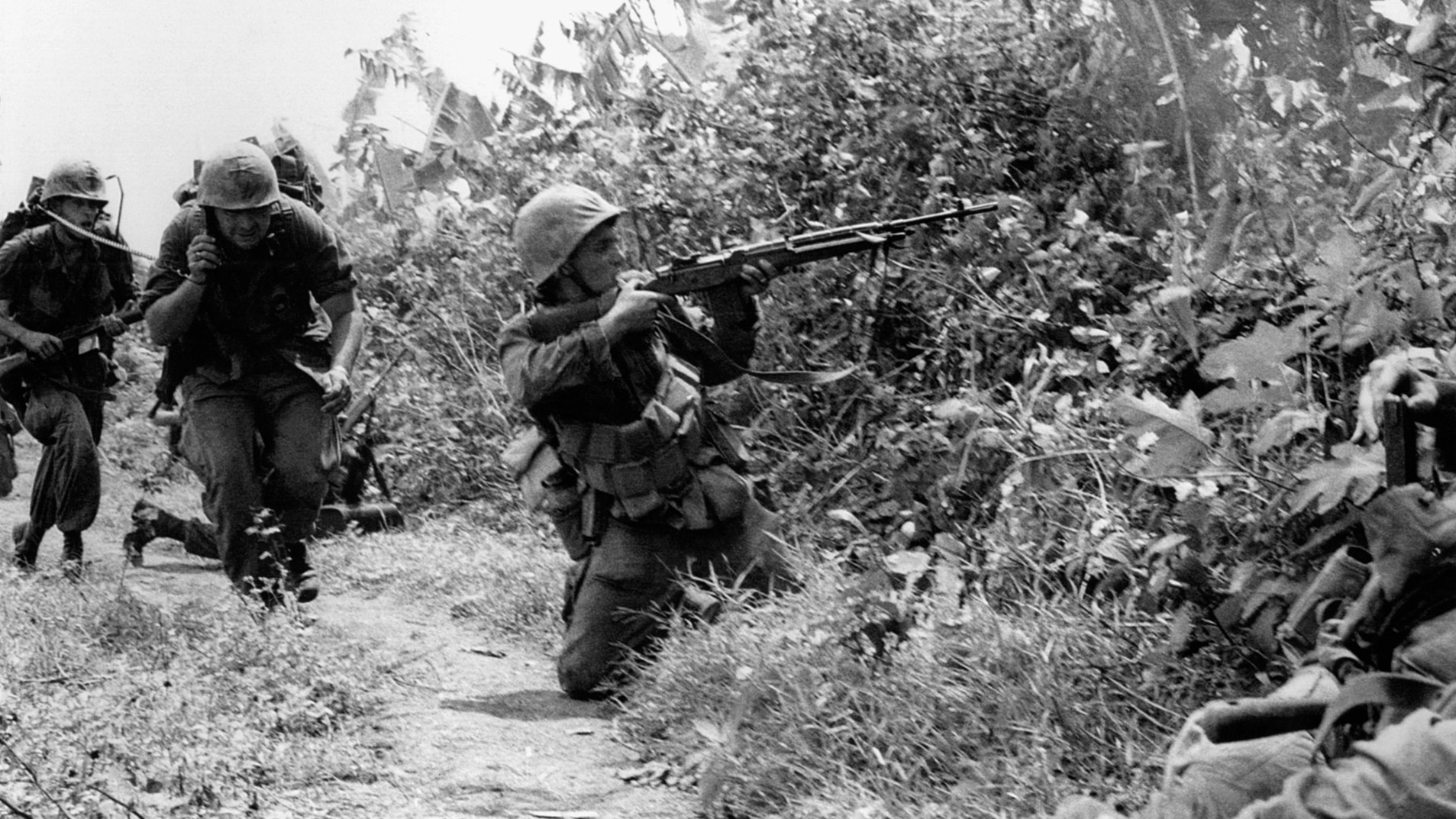
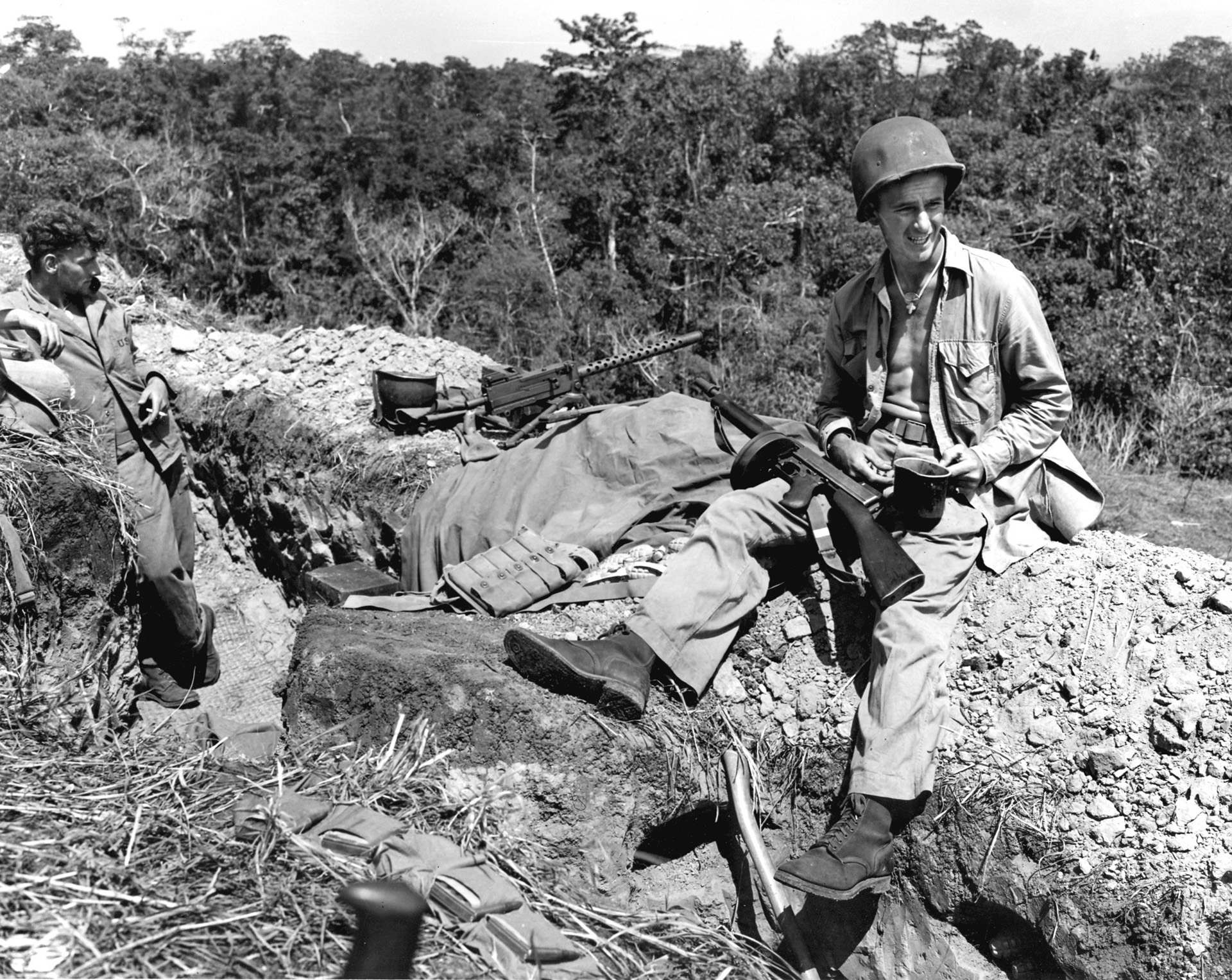
Join The Conversation
Comments
View All Comments